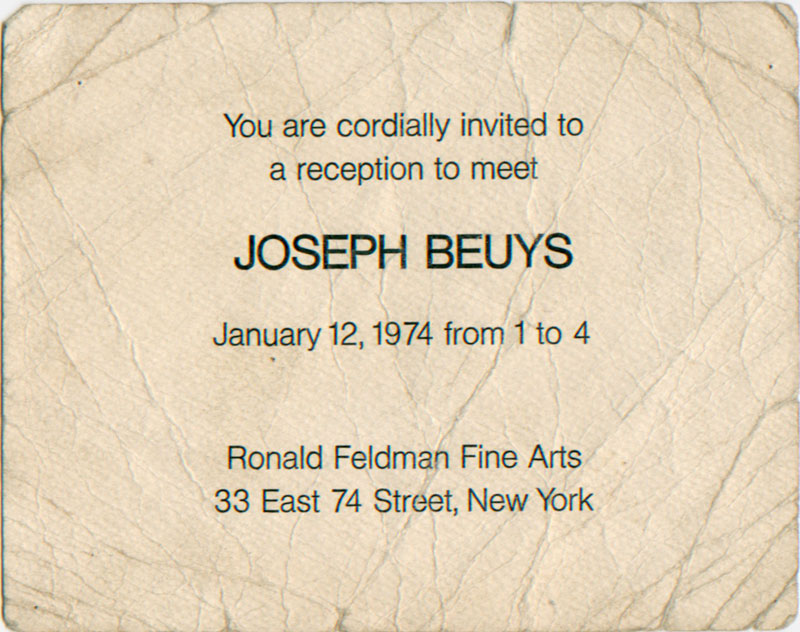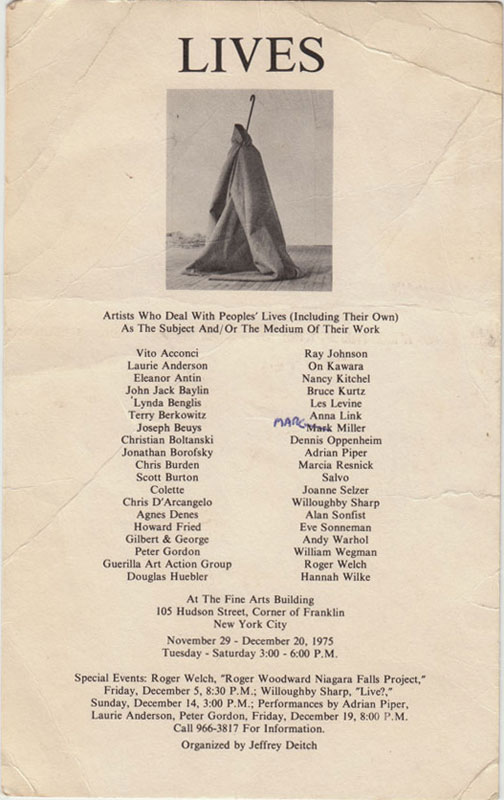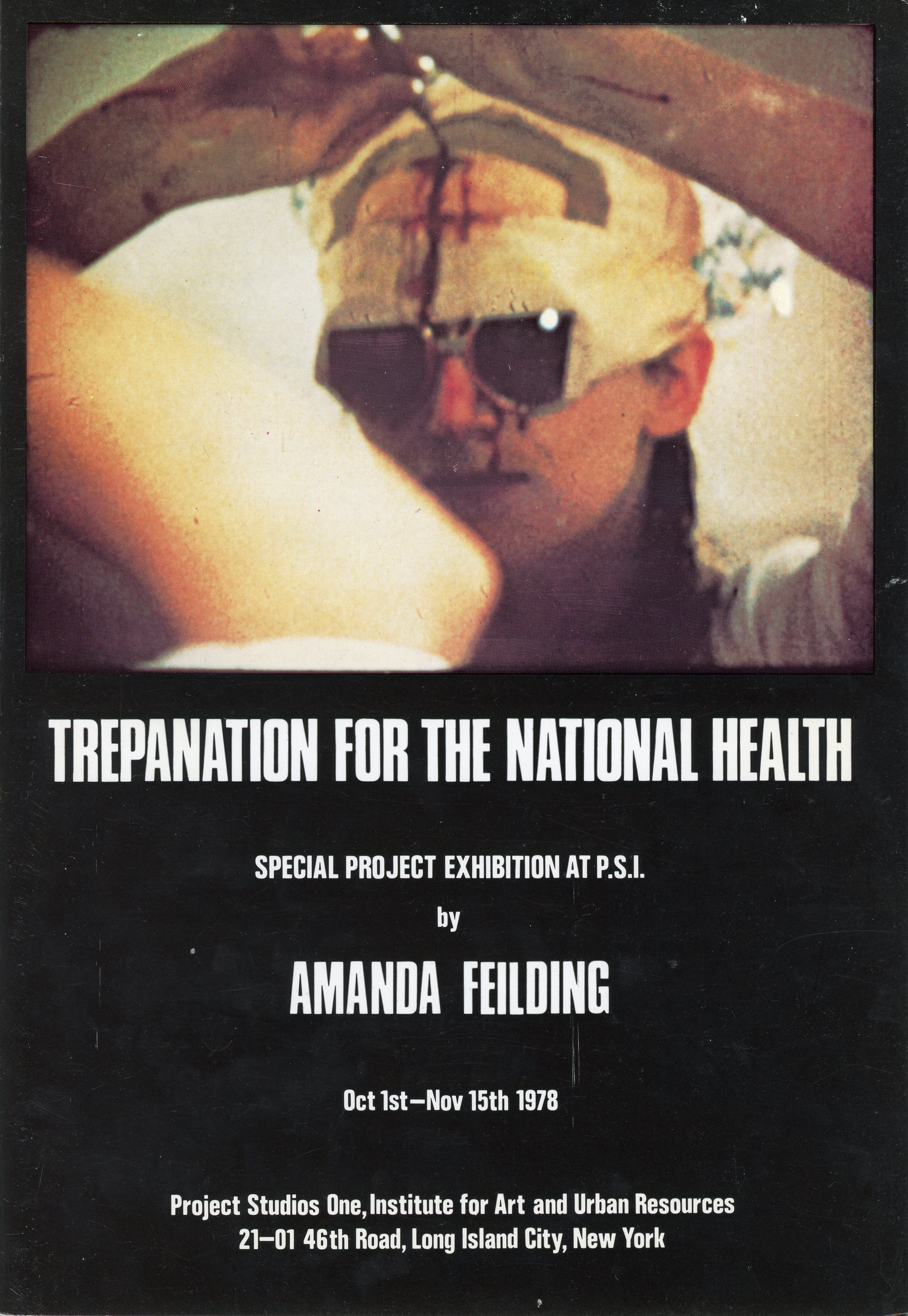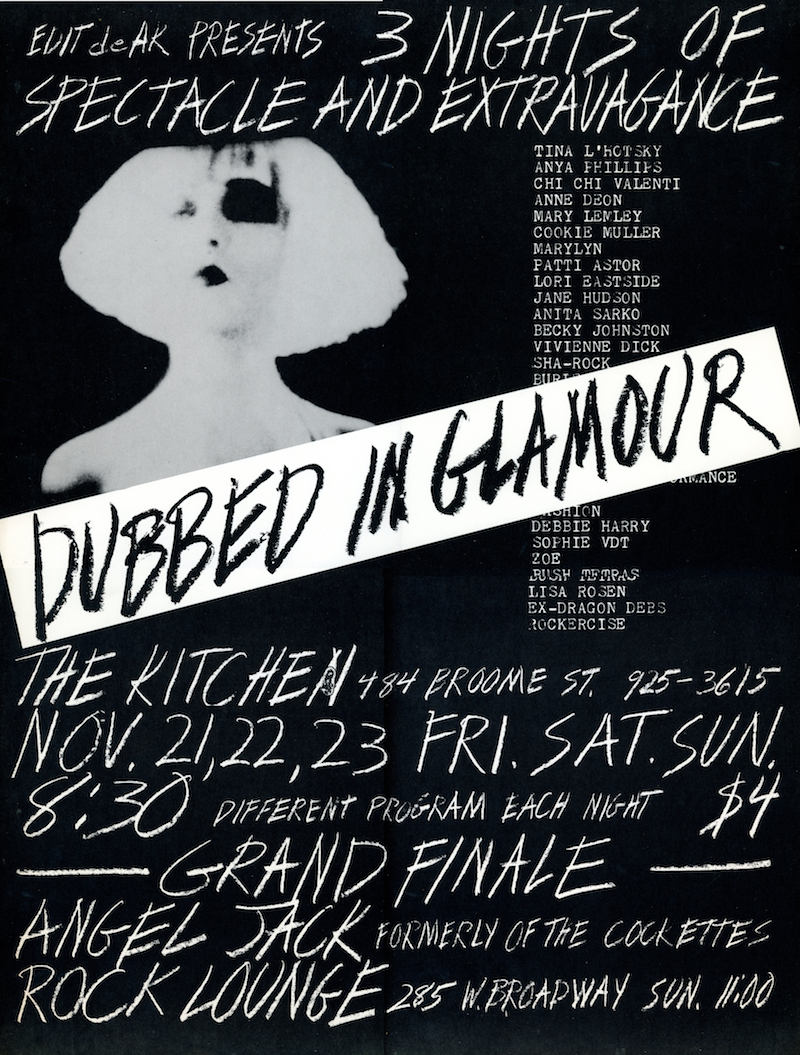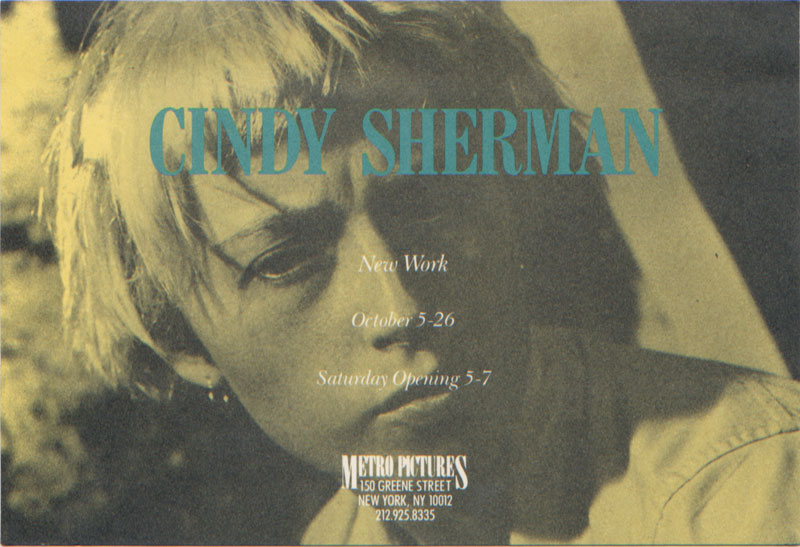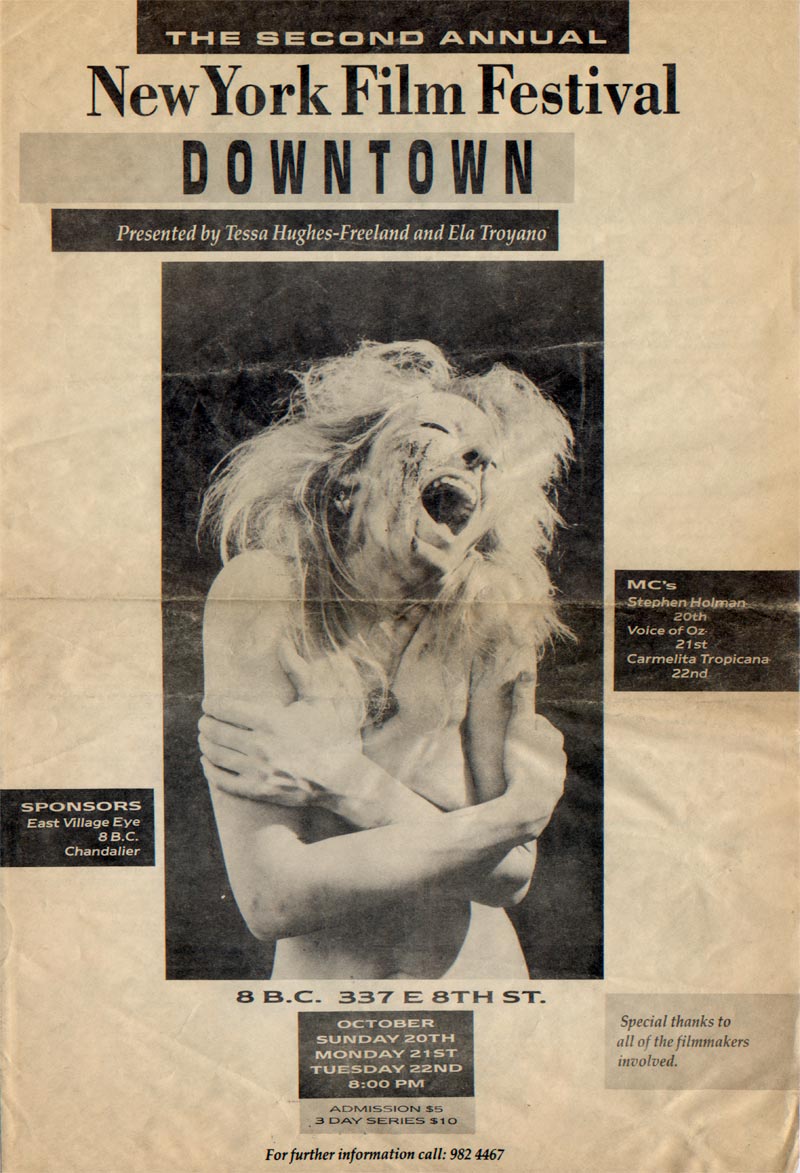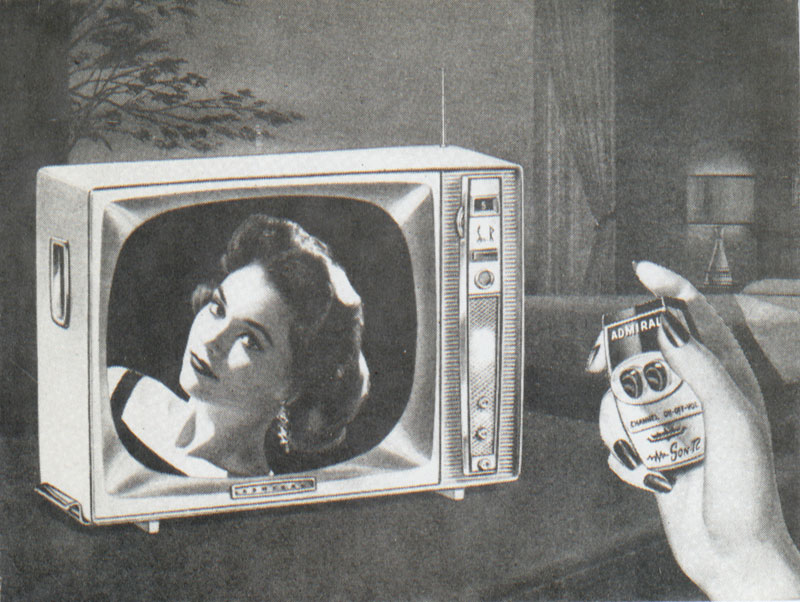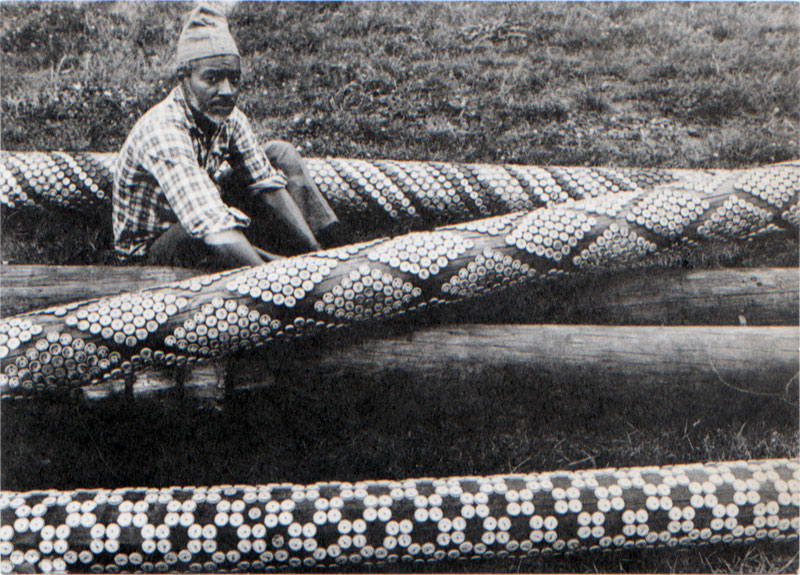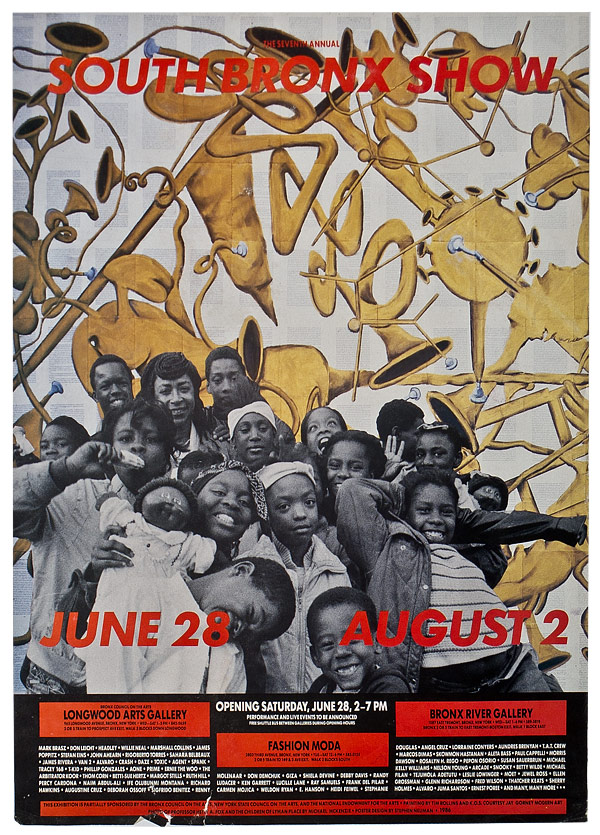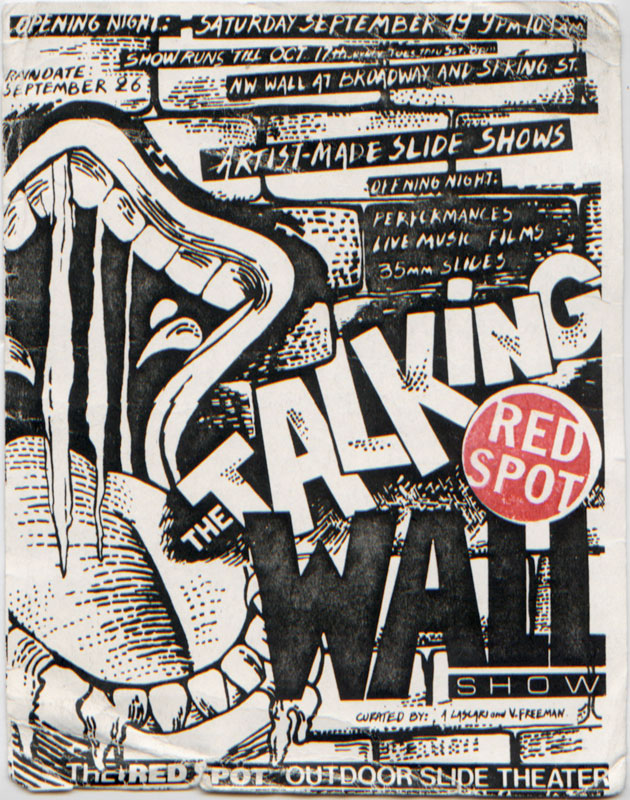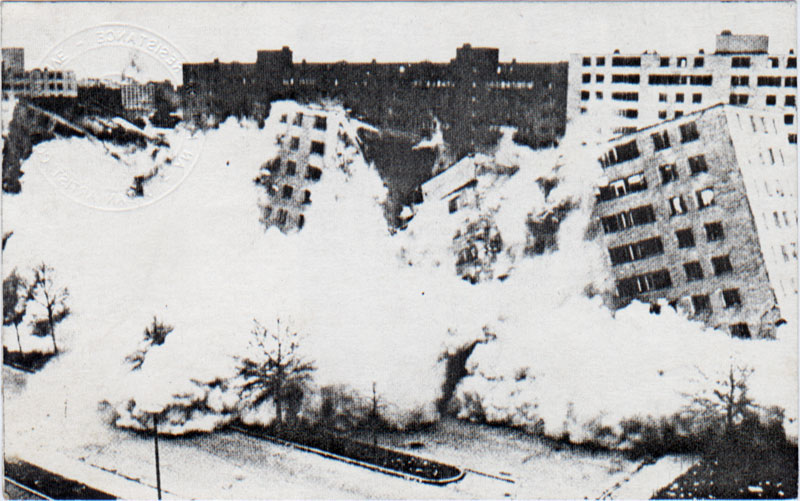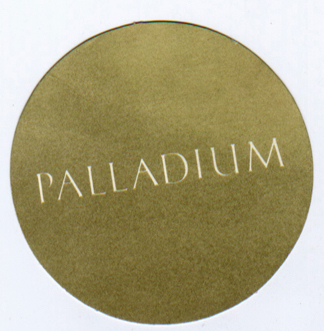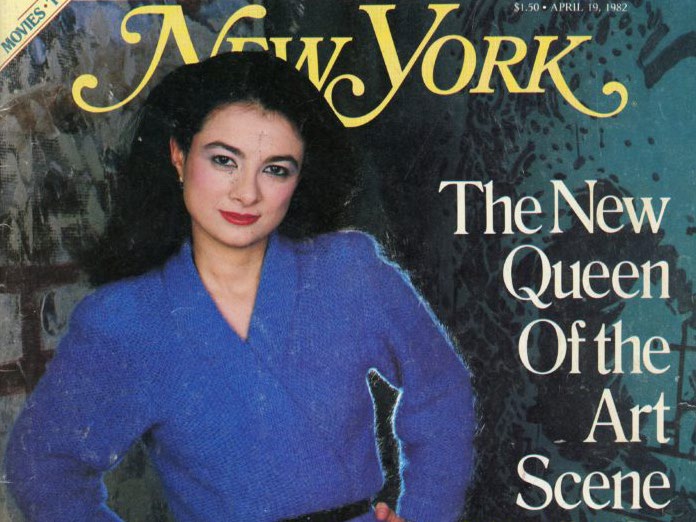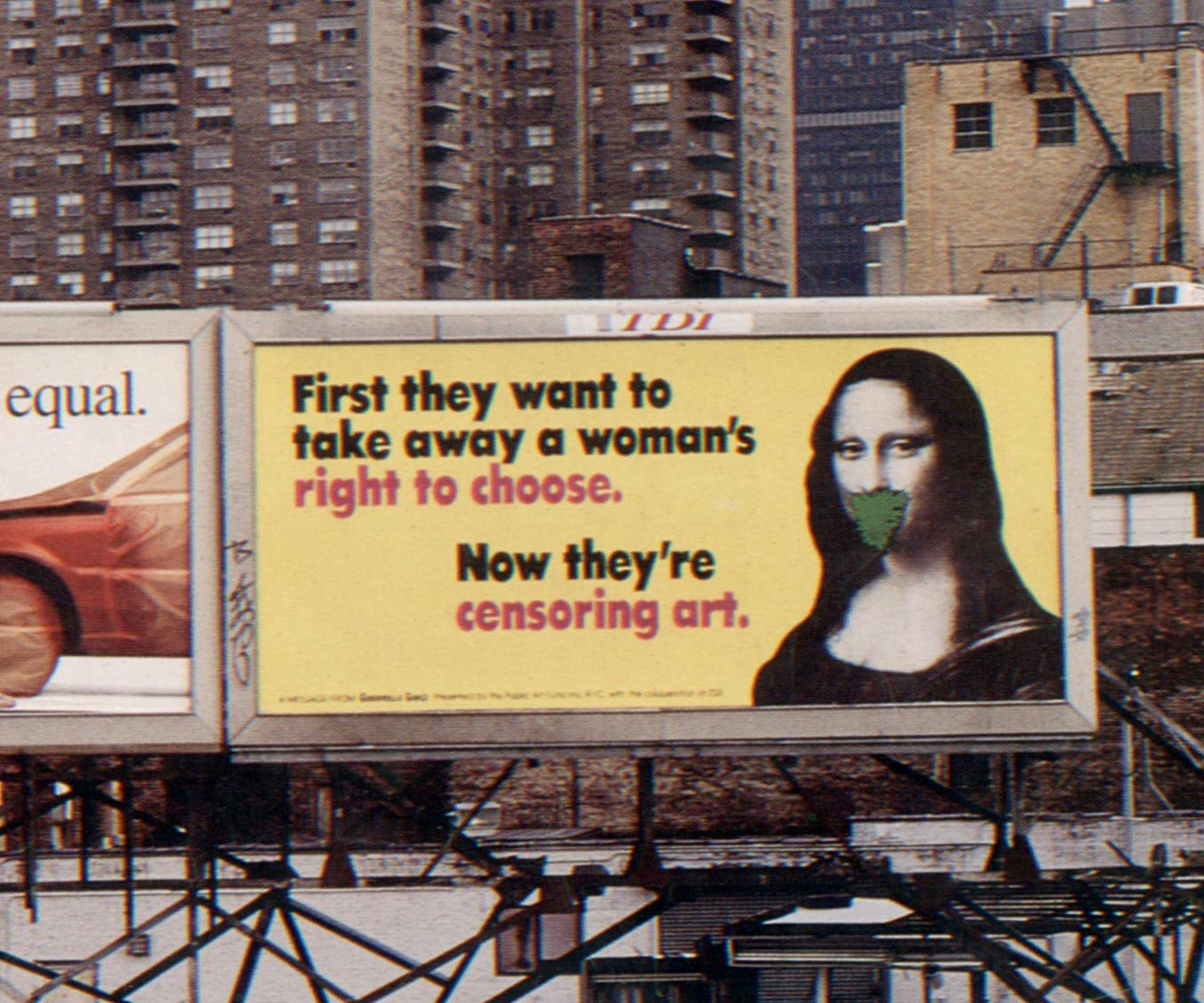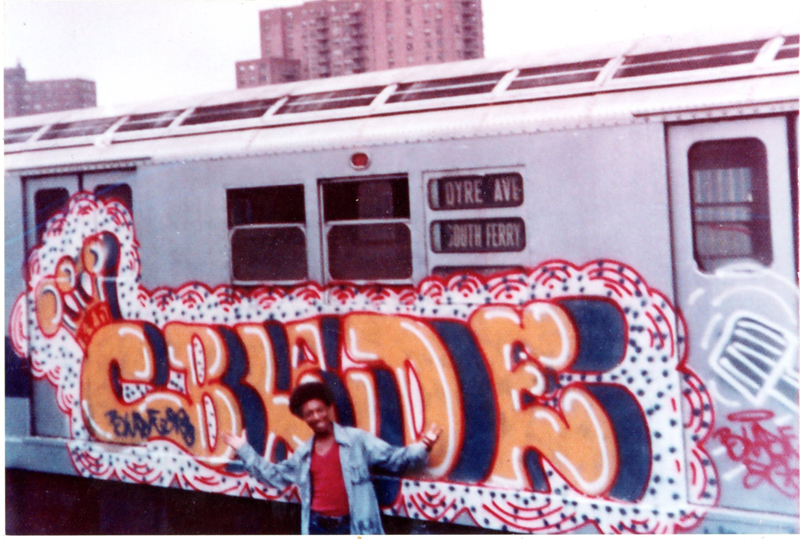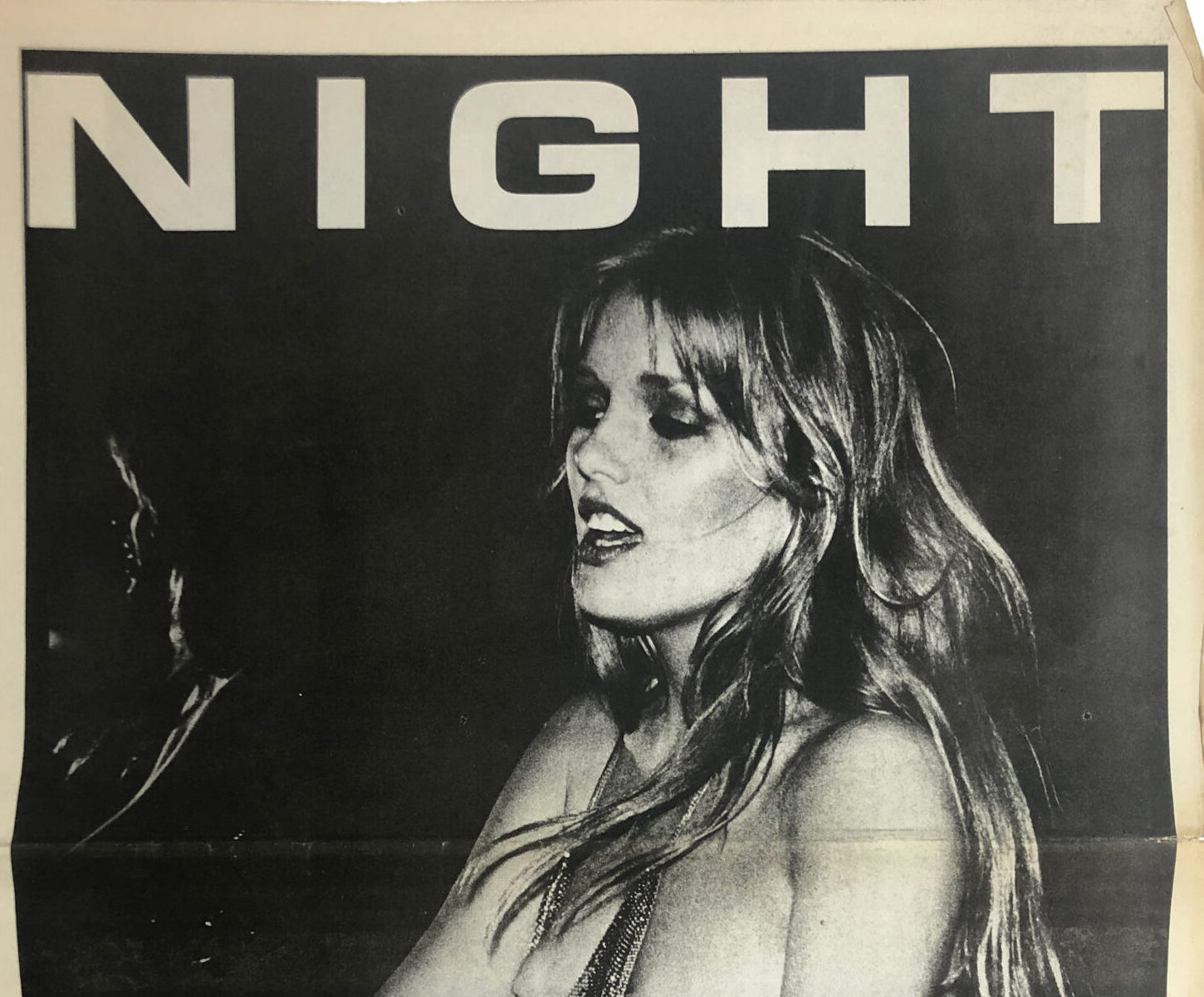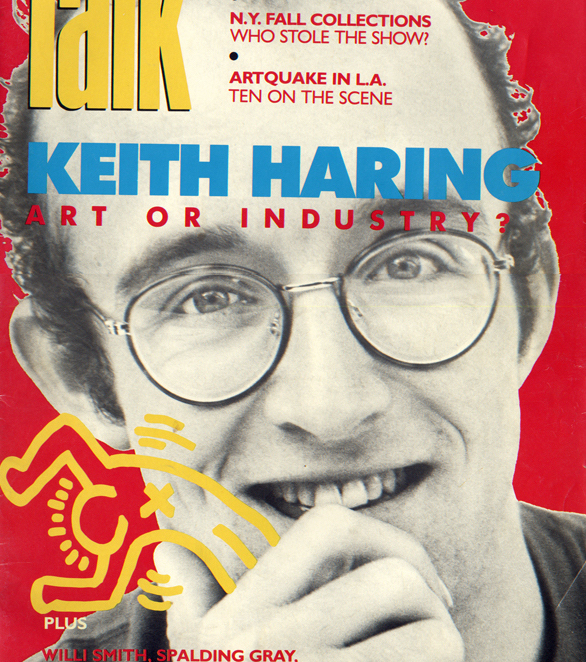40 Top Art Events of the Downtown Era: A Timeline, 1974–1992
by Marc H. Miller and Jonah Wolf
As the historical contours of the “Downtown Era” come into focus, Gallery 98 thought it would be fun to present an online exhibition of posters and announcements as our own personal survey of this influential period.
The Downtown Era began in the 1970s, when aspiring artists of the baby-boomer generation arrived in New York. Over the next two decades, they would radically change the art world, opening it up to new forms of media, new modes of exhibiting art, and new social perspectives.
This “Top 40” includes two forerunners: Andy Warhol, who challenged art’s separation from mass culture, and Joseph Beuys, whose 1974 visit to New York introduced the idea of “social sculpture” that could effect political change. Curator Jeffrey Deitch perceptively grouped Warhol and Beuys with some of their earliest downtown followers in the 1975 exhibition “Lives,” subtitled “Artists Who Deal With Peoples’ Lives (Including Their Own) As The Subject And/Or The Medium Of Their Work.”
Multiple trends characterized the Downtown Era. The focus on lived experience naturally brought attention to overlooked social issues, and the particular concerns of women, people of color, and the queer-identified. Many young artists, weaned on rock music and TV, now saw themselves as entertainers or public commentators, appropriating the forms of mass media: movies, records, videos, comic books, magazines.
New modes of presentation and distribution accommodated the new wave of artistic production. Low rents gave artists the freedom to open “alternative spaces” outside the uptown gallery infrastructure. A.I.R., in SoHo, was founded by a cooperative of women artists to support their under-represented peers. Alanna Heiss converted P.S. 1, a Queens school building, into a space for large-scale installations and non-commercial exhibitions. Stefan Eins started Fashion Moda in the South Bronx as a way to bring together disparate communities. The artists’ group COLAB put on themed pop-up exhibitions like the “Real Estate Show” and “The Times Square Show.” Some artists took directly to the streets, with posters, billboards, graffiti, and (in the case of Red Spot) outdoor slide projections.
As ephemeral formats jockeyed with the more permanent media of painting and sculpture, these posters and announcements came to form a unique record of the era. But they are more than just documentation. Now that communication has shifted to digital channels, it has become easier to recognize these carefully designed paper objects as art works in their own right.

From the Collection
Sold
Sold
$250
Sold
Sold
Sold
$500
$250
Sold
Sold
Sold
Sold
Sold
Sold
Sold
Sold
Sold
Sold
Sold
Sold
Sold
Sold
